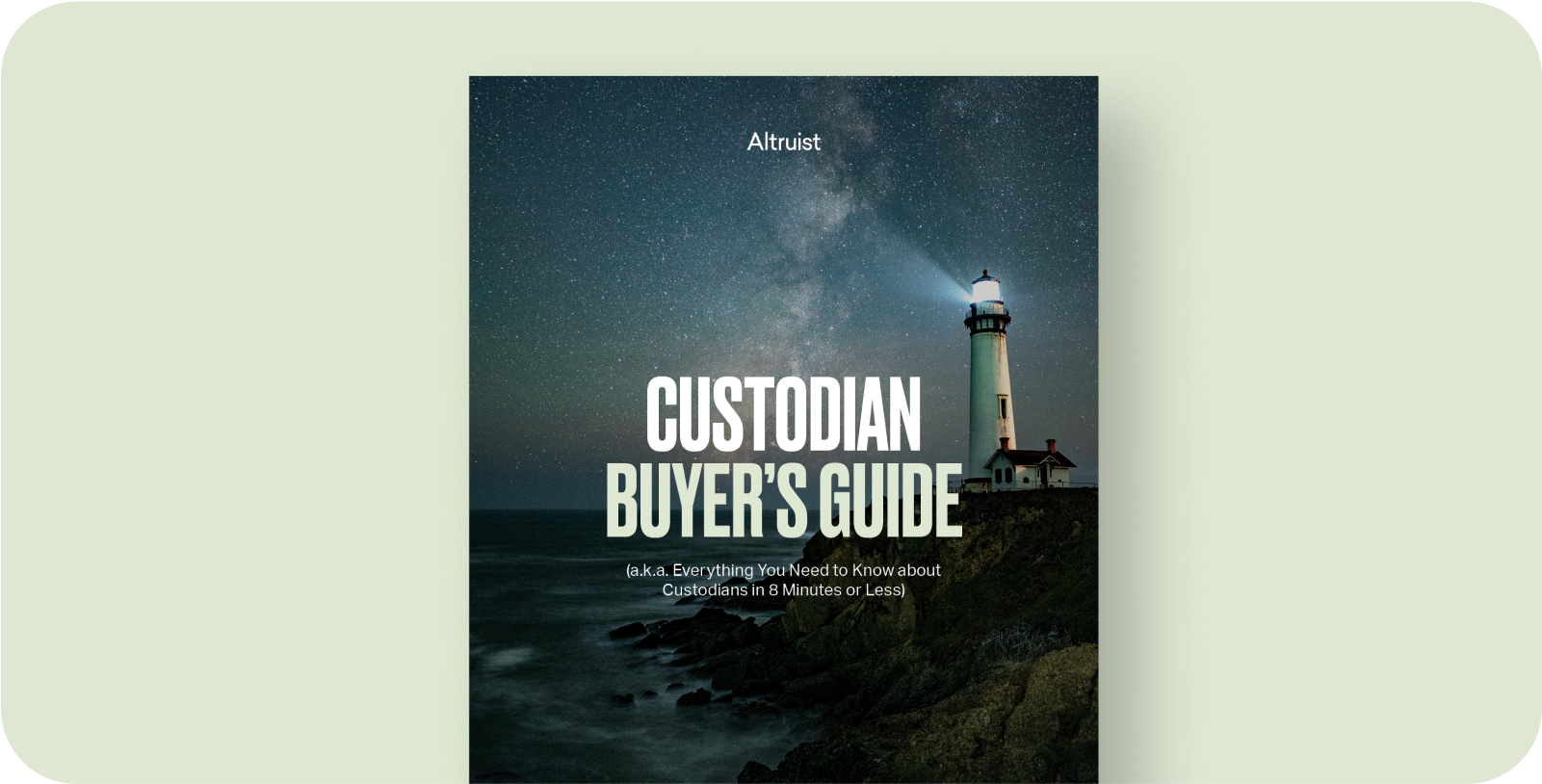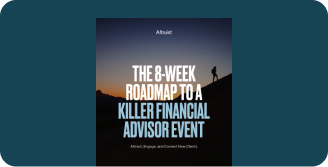Many financial advisors still have marketing plans that are inundated with traditional marketing practices like direct mail postcards, networking events, and seminars—but leave no room for digital channels.
When in reality, digital marketing uses a lot of the same strategies as traditional marketing, just adapted for the way people consume information online.
For example, in the current COVID-19 pandemic, many advisors were forced to shift from holding in-person events to hosting webinars with the same content. The idea is the same—attract your ideal client type, educate and inform, while generating quality leads—the process is just performed online, rather than in front of an audience.
Now imagine combining traditional and direct marketing strategies and the impact that could have on your firm. This is why creating a digital marketing strategy is crucial to meeting the business goals of your financial advisory firm.
Jud Mackrill joined me to share his learnings and best practices for advisors that want to effectively grow their firms.
1. Your clients are digital, so you must be as well
From email marketing to search engines to social media, consumers today do the bulk of their research online before reaching out to make initial contact. This is why, fundamentally, your firm needs to be where your prospective and current clients are—and that’s online.
You might be thinking, “but the internist is vast, where do I even begin to find them online?”
Do some digging to find exactly where your audience lives online — as in, which blogs do they read, social channels they frequent, communities they belong to—and position your brand there. More so, what are they saying online and how are they saying it? Use these morsels of behavioral data in your own digital marketing strategy.
Let’s say you notice a common trend amongst your audience, like pre-retirement individuals are searching for and asking questions on how to boost their retirement savings in the homestretch. Perhaps you can produce content answering that specific question in the form of an eBook, a digital course, or simply a landing page on your website.
2. Window shop your own experience
There is always room for improvement, especially when it comes to service. When a client calls your firm, how quickly is the phone answered? Is someone greeting people as they come through the door? What’s your follow-up process like after an initial meeting with a new client?
Now think about your online presence, what’s the service like on your website? What’s the digital welcome like? What are you offering your visitors? What content are you sharing via social and email channels?
A good exercise is to ask a trusted source, perhaps a partner, a friend, or even a colleague from the industry, to audit your digital customer journey. From initial google search or homepage, all the way to setting up the first consultation, what is the experience? On a scale of 1-10, how digital is your business in its current state? Are you digitally present wherever your client is present online? Ask for honest feedback and use the intel to optimize your digital initiatives.
3. Deliver the “Ritz Carlton” experience
Widely known as the gold standard of excellence, the Ritz Carlton prides itself on delivering exceptional customer service. In fact, there are many stories of travelers receiving great care that they didn’t even request, it was simply taken care of by the hotel.
This standard can also apply to financial services. At the crux of delivering the best service is creating a connection with your client. This is why personalization is important for a better experience across the board.
How do you show your clients you care? Go one step further than birthday cards with another layer of service with your marketing strategies. For example, create customized emails and landing pages to provide your clients with a personalized experience. Or launch a customer engagement and loyalty program to give your clients a way to refer your firm—and a way for you to measure the service you provide.
4. Find your unique voice
Marketers across verticals will tell you the importance — and need for — a steady stream of content in your specialty in order to attract prospective clients and drive brand awareness. But if everyone is doing it, how can your financial firm stand out in the crowd?
By understanding your unique brand voice, tuning your message, and then amplifying it in order to become known for it.
Think about how you speak to your existing clients—or friends—about your business. Do you tend to use a more educational and informative tone? Do you lean toward simplifying complex ideas and trying to be approachable? Do you prefer to have your finger on the pulse, interested in the latest trends and happenings?
Your answers can serve as a jumping-off point to finding your differentiating tone in the market and using it to your advantage.
Whether it’s a tweet, an email, or face-to-face, your customers should receive a consistent message and expect a standard level of service from your financial firm—online and offline.
The best way to get started, is to...well, get started. Review your research, take a look at what your competitors are doing, and make an action plan on how to show the best version of your firm digitally.















